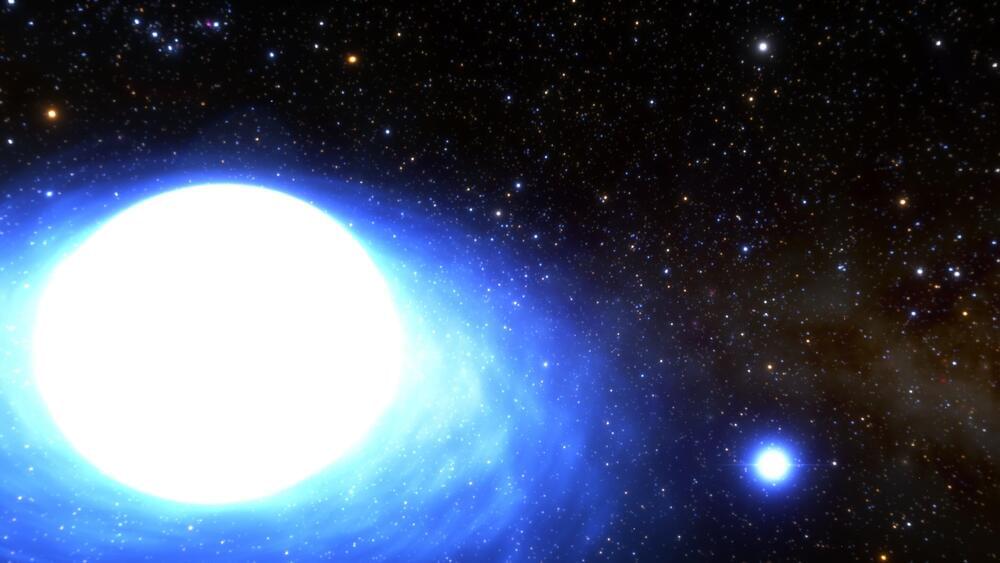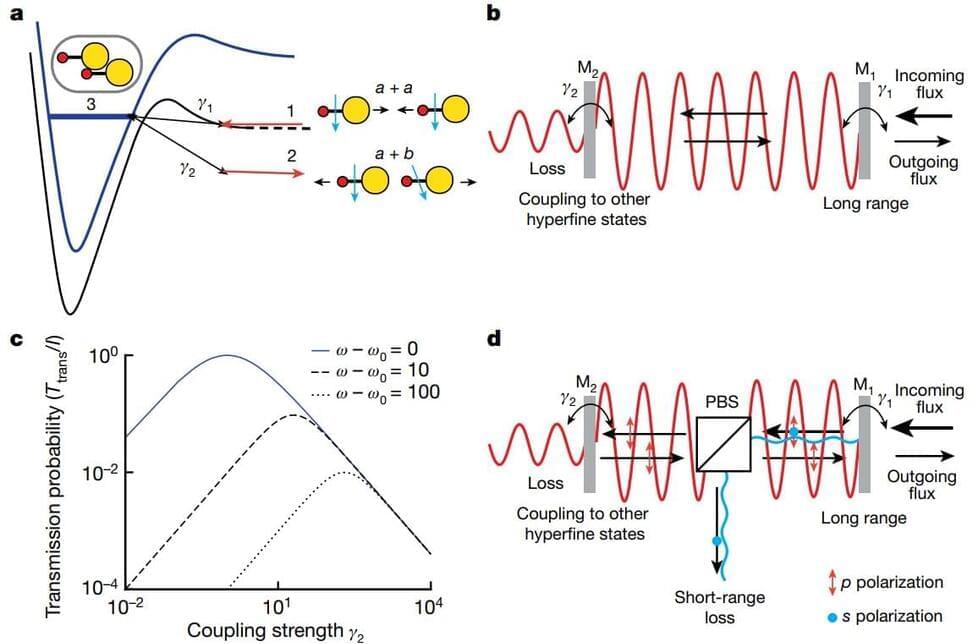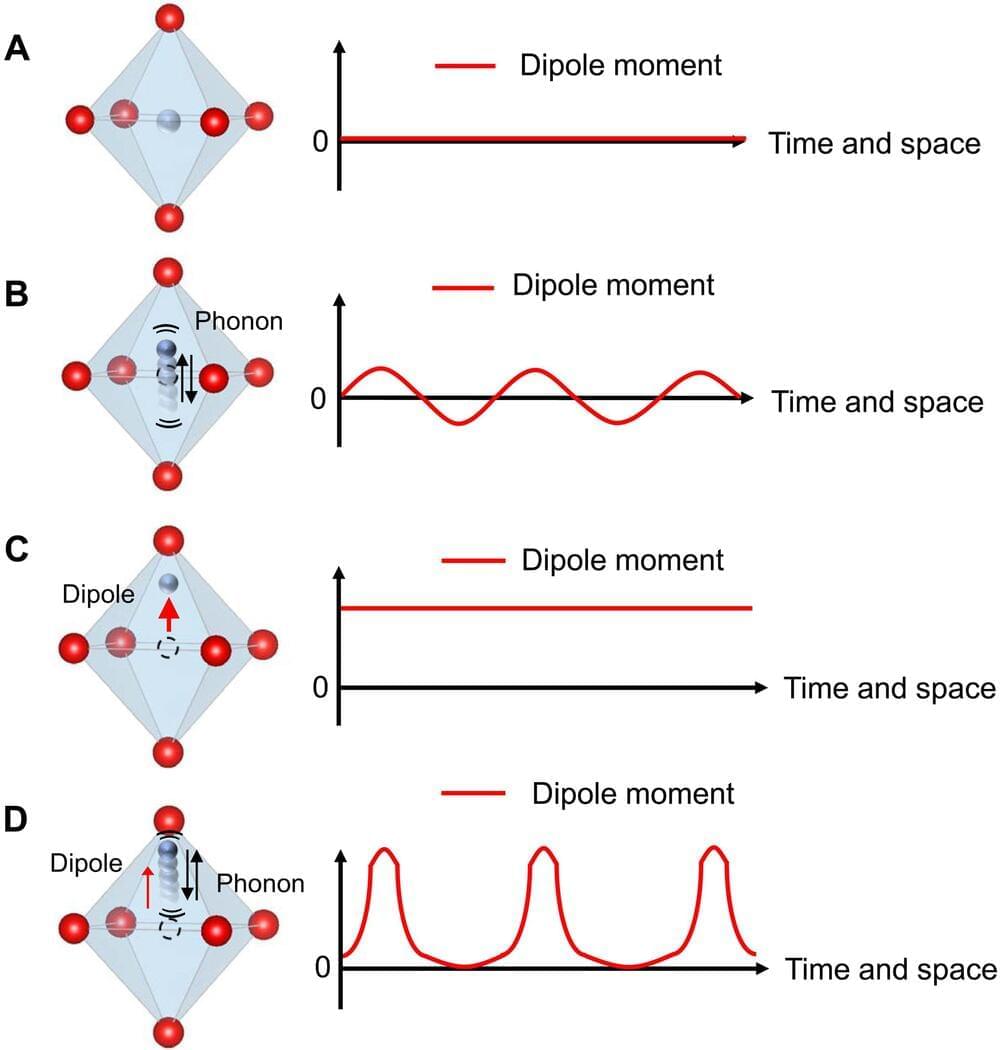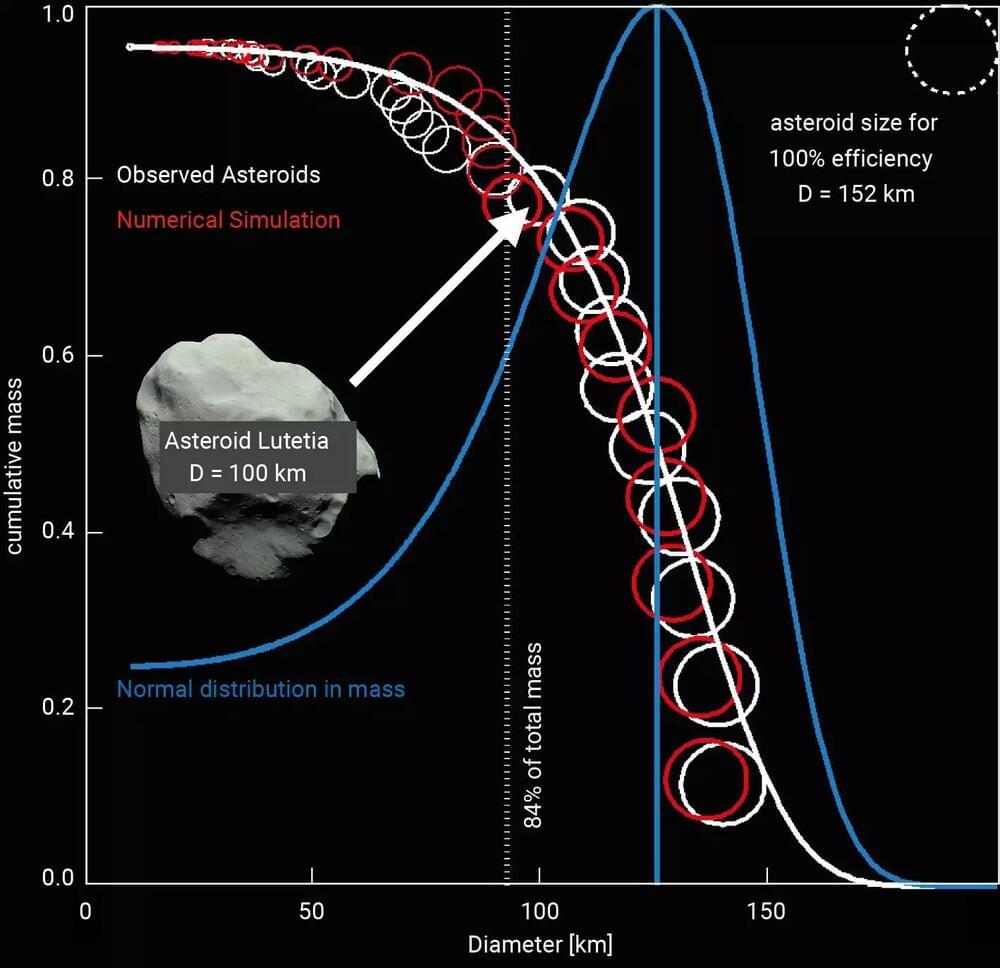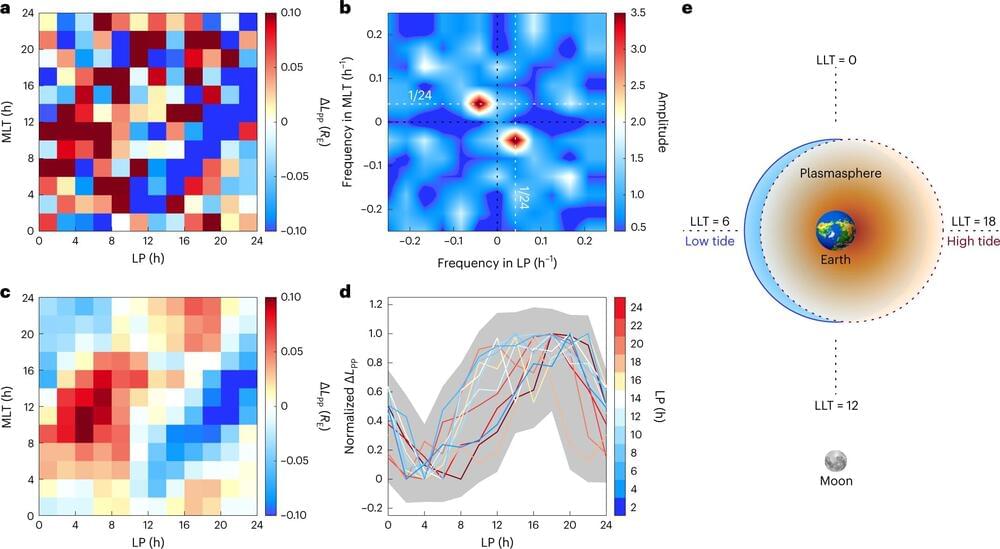When waves damp or amplify on resonant particles in a plasma, nonresonant particles experience a recoil force that conserves the total momentum between particles and electromagnetic fields. This force is important to understand, as it can completely negate current drive and rotation drive mechanisms that are predicted on the basis of only resonant particles. Here, the existing electrostatic theory of this recoil force is extended to electromagnetic waves. While the result bears close similarity to historical fluid theories of laser–plasma interactions, it now incorporates both resonant and nonresonant particles, allowing momentum conservation to be self-consistently proven. Furthermore, the result is shown to be generally valid for kinetic plasmas, which is verified through single-particle hot-plasma simulations. The new form of the force provides physical insight into the nature of the generalized Minkowski (plasmon) momentum of geometrical optics, which is shown to correspond to the momentum gained by the field and nonresonant particles as the wave is self-consistently ramped up from vanishing amplitude.



